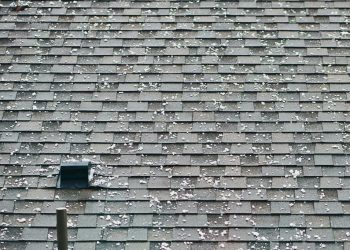If your washer leaks or a pipe gets damaged and water begins gushing in the laundry room, a floor drain can help prevent widespread damage from flooding and mold. Whether you’re planning to buy or build a house, or thinking about moving your laundry room from the basement to a floor in the main living area, be sure to think about drainage.
How Does a Floor Drain Work?
A floor drain is located at the lowest point in the laundry room where the floor is constructed to slope down toward the drain, reducing the risk of flooding.
A laundry room floor drain may be connected to a sewer line or septic tank. It should not be connected to a sump pit, as chemicals in laundry detergent could be released to the land outside and could harm the environment.
In houses that have a laundry room in the basement, a floor drain is generally installed during the construction process. In homes with a laundry room on the first or second story, a floor drain may or may not be present. Some homeowners don’t have one installed if local building codes don’t require it.
How a Floor Drain can Protect Your Home and Belongings
A floor drain near the washer can prevent damage not only to your laundry room, but also to other parts of your house, as well as your possessions. If you use your basement to do laundry and to store belongings that you don’t use often, a floor drain can protect those other items from water damage. If you spent thousands of dollars to convert part of your basement to a family room, playroom, home gym or office, a floor drain in the laundry room can prevent damage to your renovated living space and protect your investment.
If you have a laundry room on an upper floor, a drain can protect the main living area. If there is no drain and the laundry room floods, water can spread throughout other parts of the house and cause widespread damage to flooring, furniture, electronics and drywall. Water can also cause mold that can be hazardous to human and pet health.
Protect Your Home From Water Damage
Water can cause catastrophic damage to a house and its contents. Many homeowners and buyers don’t think about laundry room drainage unless something goes wrong. If you’re planning to buy a home, make sure that the laundry room is equipped to deal with a leak or overflow so you don’t wind up facing huge repair bills. If you’re thinking about remodeling your house and moving the laundry room upstairs, plan to have a floor drain installed, even if your local building code doesn’t mandate it.











